Are you wondering if it’s safe to burn old pressure-treated wood? This is a common question among homeowners who are looking for ways to dispose of their old deck or fence. While burning wood is a convenient and cost-effective way to get rid of it, you need to be careful when it comes to pressure-treated wood.
Pressure-treated wood is a type of wood that has been treated with chemicals to make it more resistant to rot, insects, and decay. The chemicals used in the treatment process can be harmful to humans and the environment. As a result, burning pressure-treated wood can release toxic fumes and pollutants into the air, which can be dangerous to your health. So, can you burn old pressure-treated wood? Let’s find out.
Understanding Pressure Treated Wood
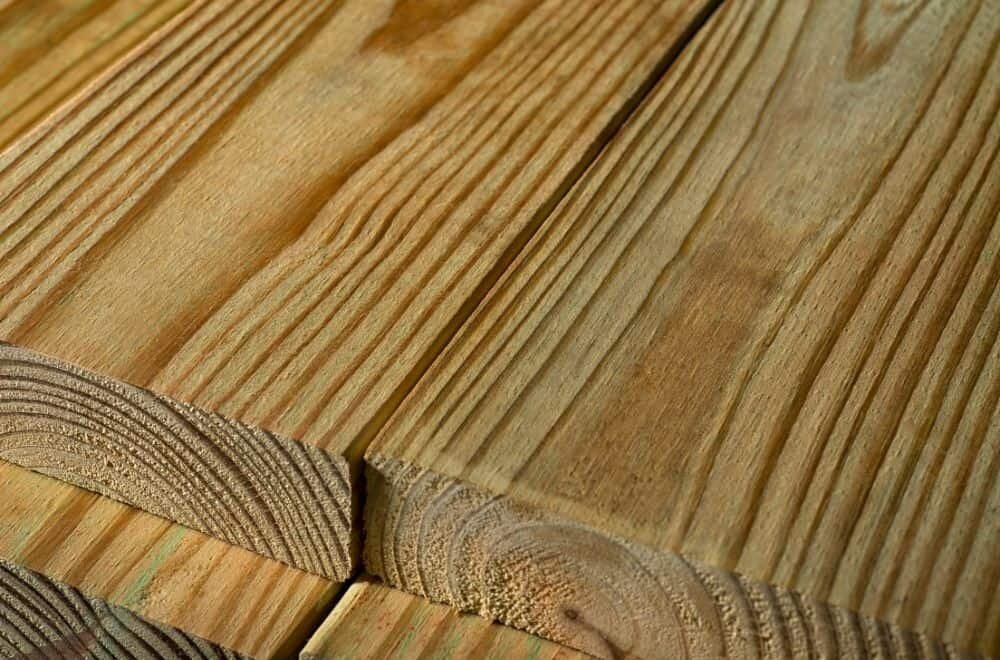
If you are wondering whether you can burn old pressure treated wood, you first need to understand what pressure treated wood is. Pressure treated wood is a type of wood that has been treated with chemicals to make it more durable and resistant to rot, decay, and insect damage. The process involves placing the wood in a vacuum chamber, then forcing a preservative into the wood under high pressure.
The chemicals used in pressure treated wood can vary, but they typically include copper, chromium, and arsenic. These chemicals are toxic and can be harmful to humans and the environment if they are released into the air or water. For this reason, it is important to handle pressure treated wood with care and dispose of it properly.
When it comes to burning pressure treated wood, it is generally not recommended. The chemicals used in the treatment process can release toxic fumes when burned, which can be harmful to your health and the environment. In addition, the chemicals can leave behind residue in your fireplace or wood stove, which can be difficult to clean and may cause damage over time.
If you do decide to burn pressure treated wood, it is important to take precautions to minimize the risks. You should only burn pressure treated wood in a well-ventilated area, such as an outdoor fire pit. You should also wear protective clothing, such as gloves and a mask, to minimize your exposure to the chemicals. Finally, you should dispose of the ashes and any remaining wood residue properly, according to your local regulations.
Overall, while it is technically possible to burn pressure treated wood, it is not recommended due to the potential health and environmental risks. If you need to dispose of old pressure treated wood, it is best to do so through your local waste management program or a hazardous waste disposal facility.
Potential Risks of Burning Pressure Treated Wood

Burning pressure-treated wood can pose potential risks to your health and the environment. Here are some of the potential risks you should be aware of:
Toxic Chemicals
Pressure-treated wood contains chemicals that can be harmful to your health when burned. The chemicals used to treat the wood include copper, chromium, and arsenic, which can cause respiratory problems, skin irritation, and other health issues.
Air Pollution
When pressure-treated wood is burned, it releases toxic chemicals into the air, which can contribute to air pollution. The chemicals released can also harm plant and animal life in the surrounding area.
Ash Disposal
The ash produced by burning pressure-treated wood can also pose a risk to the environment. The ash may contain toxic chemicals that can contaminate soil and water sources. It is important to dispose of the ash properly to prevent environmental damage.
Legal Issues
Burning pressure-treated wood may also be illegal in some areas. Check with your local authorities to see if there are any restrictions or regulations regarding the burning of pressure-treated wood.
In conclusion, burning pressure-treated wood can pose potential risks to your health and the environment. It is important to take proper precautions and safety measures if you choose to burn pressure-treated wood.
Proper Disposal Methods for Old Pressure Treated Wood
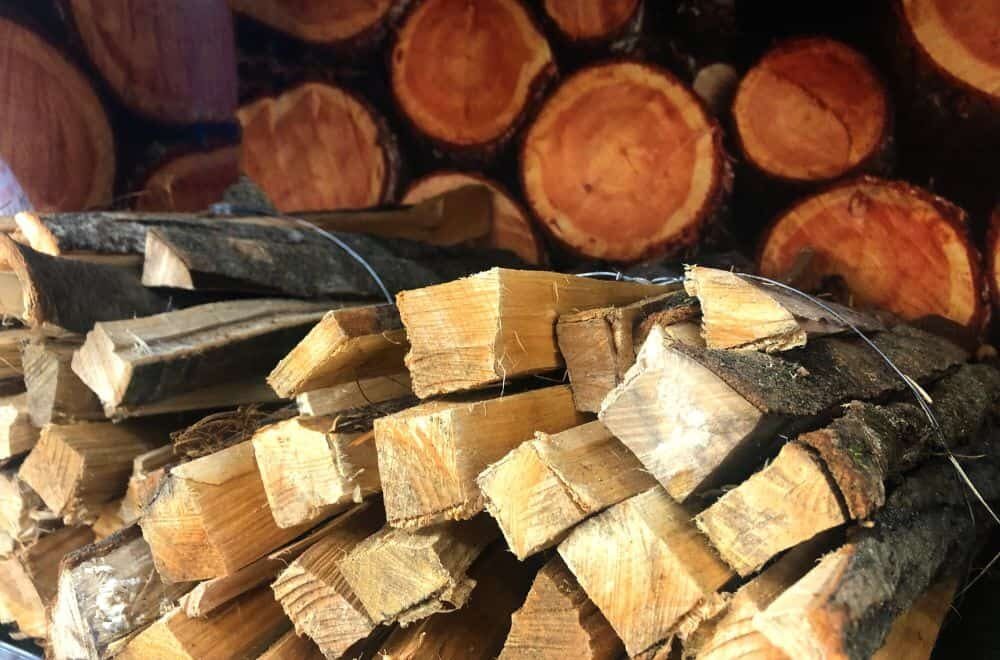
If you have old pressure treated wood that you need to dispose of, it is important to do so safely and responsibly. Burning pressure treated wood is not recommended as it releases harmful chemicals into the air. Here are some proper disposal methods for old pressure treated wood:
1. Selling Leftovers as a Way of Disposing of Pressure Treated Wood
If you have leftover pressure treated wood that is still in good condition, consider selling it to someone who can use it. You can post an ad on local classifieds websites or social media groups to find potential buyers.
2. Free Give Aways of Pressure Treated Wood
Another option is to give away your old pressure treated wood for free. You can post an ad on local classifieds websites or social media groups to find someone who can use it.
3. Recycle the Pressure Treated Wood
Pressure treated wood can be recycled and used for other purposes such as mulch or animal bedding. Contact your local recycling center to find out if they accept pressure treated wood.
4. Contact Local Authorities About Available Land Fills
Some local authorities have special landfills that accept pressure treated wood. Contact your local authorities to find out if this option is available in your area.
5. Organize With Your Trash Service To Take The Treated Wood
If you have a small amount of pressure treated wood to dispose of, you can contact your trash service to see if they will pick it up. Make sure to follow any guidelines they provide for proper disposal.
Remember, it is important to dispose of pressure treated wood safely and responsibly to protect the environment and your health.
Alternatives to Burning Pressure Treated Wood
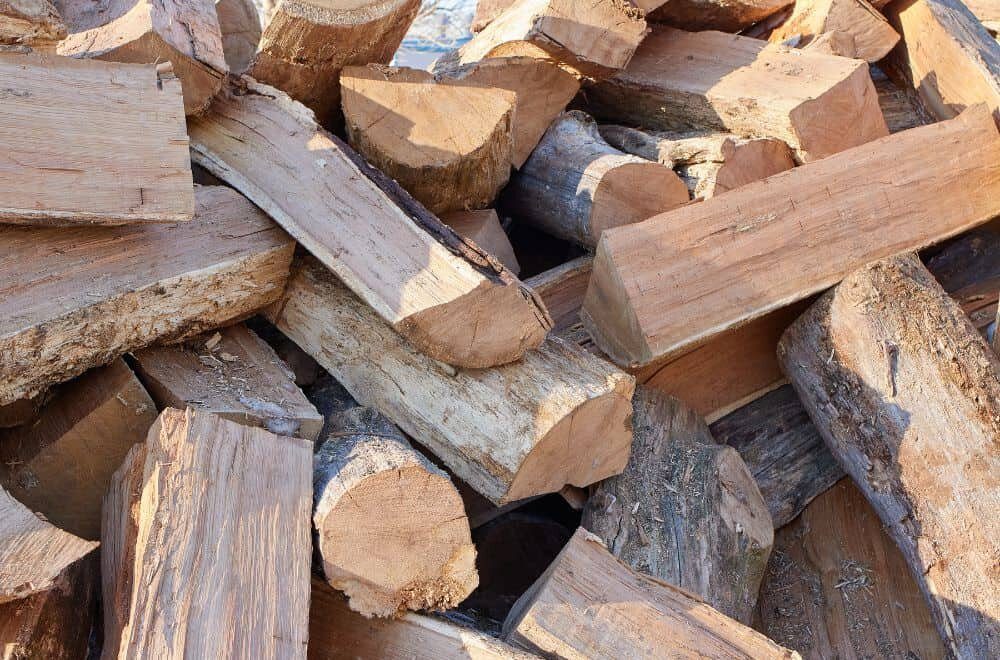
If you have old pressure-treated wood lying around and you’re wondering what to do with it, you may be tempted to burn it. However, burning pressure-treated wood is not recommended due to the chemicals that are used to treat the wood. These chemicals can be harmful to both you and the environment.
Fortunately, there are several alternatives to burning pressure-treated wood that you can consider. Here are a few options:
Landfill
One option is to dispose of the pressure-treated wood in a landfill. While this is not the most environmentally friendly option, it is a safe way to get rid of the wood. Check with your local landfill to see if they accept pressure-treated wood and if there are any special requirements for disposal.
Recycling
Another option is to recycle the pressure-treated wood. Some recycling centers will accept pressure-treated wood, although this can vary depending on your location. Check with your local recycling center to see if they accept pressure-treated wood and what their requirements are.
Repurposing
If the pressure-treated wood is still in good condition, you may be able to repurpose it for another use. For example, you could use it to build a raised garden bed or a compost bin. Just be sure to take precautions when handling the wood, such as wearing gloves and a mask.
Premium Firewood
If you’re looking for a way to keep warm, consider using premium firewood instead of pressure-treated wood. Premium firewood is made from high-quality hardwoods and is free from chemicals and other harmful substances. Plus, it burns hotter and longer than pressure-treated wood, so you’ll get more warmth for your money.
In conclusion, burning pressure-treated wood is not recommended due to the chemicals that are used to treat the wood. Instead, consider one of the alternatives listed above to safely and responsibly dispose of your old pressure-treated wood.
Legal Considerations for Burning Pressure Treated Wood
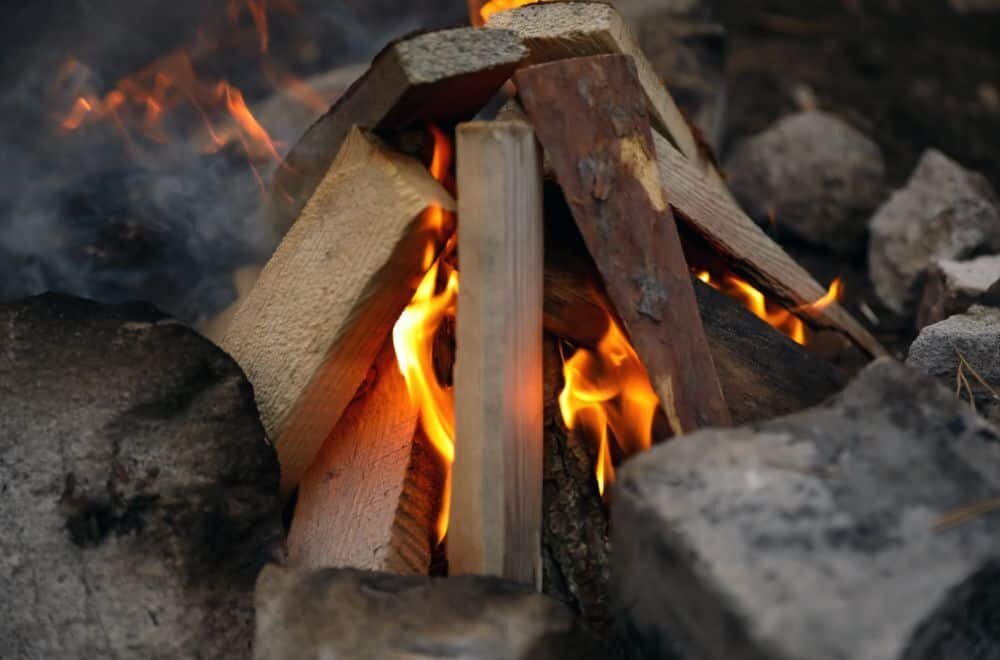
Burning pressure treated wood is illegal in the United States due to the hazardous chemicals that are released into the air. The U.S. Environmental Protection Agency has classified pressure-treated lumber as hazardous waste, and it should be disposed of accordingly.
When you burn pressure treated wood, toxic chemicals are released into the air, which can cause serious health problems. The smoke and ash from burning pressure treated wood can contain arsenic, creosote, and other toxic preservatives, which can cause chronic respiratory diseases and cancer.
It is important to note that burning pressure treated wood can also harm the environment. The toxic chemicals released into the air can contaminate soil and water, which can have long-term effects on the ecosystem.
If you are caught burning pressure treated wood, you could face legal consequences. Depending on where you live, you could be fined or face other penalties. It is important to check with your local authorities to determine the laws and regulations regarding the disposal of pressure treated wood.
In conclusion, burning pressure treated wood is not only illegal, but it is also hazardous to your health and the environment. It is important to dispose of pressure treated wood properly and follow the laws and regulations in your area.
Environmental Impact of Burning Pressure Treated Wood
When it comes to burning pressure treated wood, there are some serious environmental concerns that you should be aware of. Here are two main ways that burning pressure treated wood can impact the environment:
Air Pollution
Burning pressure treated wood releases a range of harmful chemicals into the air. These chemicals can cause respiratory problems, especially for people with pre-existing health conditions like asthma. They can also contribute to smog and acid rain.
The chemicals that are released when you burn pressure treated wood include:
- Arsenic
- Chromium
- Copper
- Creosote
- Formaldehyde
- Lead
- Zinc
Soil Contamination
Another major concern with burning pressure treated wood is soil contamination. When you burn pressure treated wood, the ash that is left behind can contain high levels of toxic chemicals like arsenic, copper, and chromium. These chemicals can leach into the soil and contaminate groundwater.
If you plan to burn pressure treated wood, it is essential that you dispose of the ash properly. Do not use it as fertilizer or compost, and do not dump it in areas where it can contaminate water sources.
In summary, burning pressure treated wood can have serious environmental consequences. If you must burn pressure treated wood, take steps to minimize the impact on the air and soil by following proper disposal methods.
Safety Measures When Handling Pressure Treated Wood
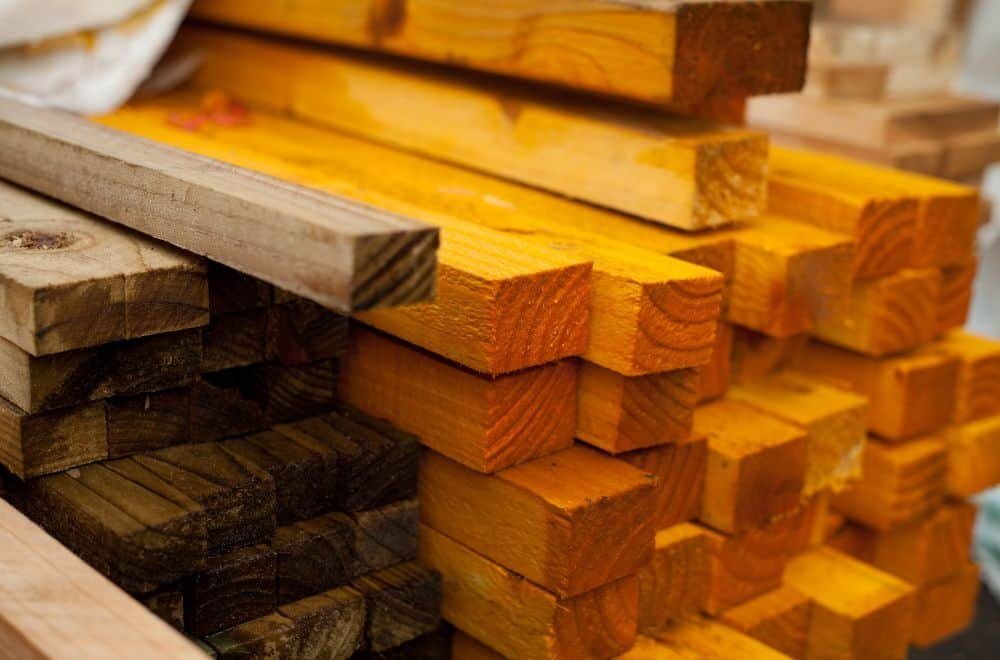
When working with pressure-treated wood, it is important to take the necessary safety measures to protect yourself and others from potential harm. Here are some safety measures you should consider:
Wear Protective Gear
When cutting or sanding pressure-treated wood, wear a dust mask and goggles to protect your eyes and lungs from sawdust and other airborne particles. Additionally, wear gloves to protect your hands from splinters and chemicals.
Work in a Well-Ventilated Area
Pressure-treated wood contains chemicals that can be harmful if inhaled. Therefore, it is essential to work in a well-ventilated area to avoid inhaling fumes. If possible, work outdoors or in a well-ventilated workshop.
Clean Up Thoroughly
After working with pressure-treated wood, be sure to clean up thoroughly. Sweep up any sawdust and dispose of it properly. Wash your hands and any exposed skin with soap and water.
Avoid Burning Pressure-Treated Wood
Burning pressure-treated wood can release harmful chemicals into the air, which can be hazardous to your health and the environment. Therefore, it is best to avoid burning pressure-treated wood altogether.
Dispose of Pressure-Treated Wood Properly
When disposing of pressure-treated wood, do not burn it or throw it in the trash. Instead, take it to a hazardous waste facility or contact your local waste management company for proper disposal instructions.
By following these safety measures, you can protect yourself and others from potential harm when working with pressure-treated wood.
Frequently Asked Questions
Can you burn pressure treated wood after 20 years?
It is not recommended to burn pressure treated wood, even if it is 20 years old. This is because pressure treated wood contains chemicals that can be harmful when burned. The chemicals used to treat the wood, such as copper and chromium, can release toxins into the air when burned, which can be harmful to your health.
Is it safe to burn 15 year old pressure treated wood?
No, it is not safe to burn 15 year old pressure treated wood. The chemicals used to treat the wood do not break down over time, so they can still be harmful when burned. In addition, older pressure treated wood may contain higher levels of chemicals, which can make it even more dangerous to burn.
Can you burn 30 year old pressure treated lumber?
No, it is not safe to burn 30 year old pressure treated lumber. The chemicals used to treat the wood do not break down over time, so they can still be harmful when burned. In addition, older pressure treated wood may contain higher levels of chemicals, which can make it even more dangerous to burn.
Can you burn treated wood after 10 years?
No, it is not safe to burn treated wood after 10 years. The chemicals used to treat the wood do not break down over time, so they can still be harmful when burned. In addition, older treated wood may contain higher levels of chemicals, which can make it even more dangerous to burn.
How to dispose of pressure treated wood?
The best way to dispose of pressure treated wood is to take it to a hazardous waste facility. These facilities are equipped to handle materials that are potentially harmful to the environment and human health. You can also contact your local waste management authority for guidance on how to dispose of pressure treated wood in your area.
How to tell if wood is pressure treated?
Pressure treated wood is typically green or brown in color, and may have small indentations or markings on the surface. You can also check for a stamp or label on the wood that indicates it has been pressure treated. If you are unsure whether wood is pressure treated, it is best to assume that it is and take the necessary precautions when handling or disposing of it.